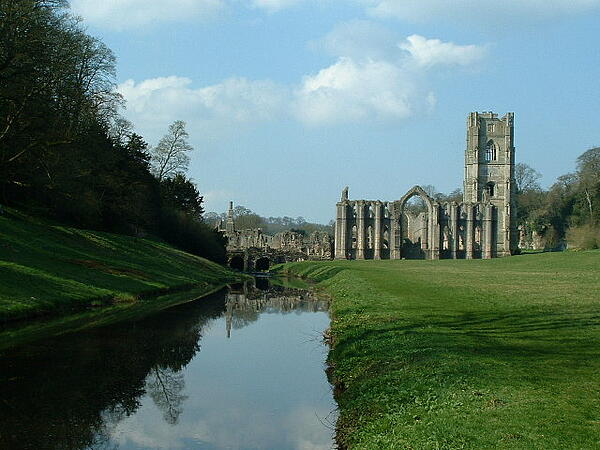Medieval Monasteries
Thanks to the devotion of medieval people, monasteries in medieval England were even richer than kings and took over the running of the church.
One of the reasons monasteries were so rich was the free labour provided to them by locals, who would work on the church land due to their belief that this would help them avoid Hell and enter Heaven upon death.
In addition, medieval people would pay the church for baptisms, marriage and funerals, and would also provide a tithe - a tenth of their family’s annual earnings. As a result of these regular payments from vast numbers of people, the church was incredibly wealthy and gained a huge amount of land on which to construct monasteries.

As with church, the monastic land was worked by locals for free. Historians believe the monasteries were aware that they were taking advantage of people’s beliefs by working them for their benefit, but it is thought that the monks living and working at the monasteries genuinely believed this labour was the only way to salvation for locals.
However, many monasteries did provide a number of duties for their communities, including having monks deliver healthcare in their own hospital. A number of monasteries also provided education centres such as Lindisfarne, which became well known for the cultured and reverent monks living there. In fact, it was only the prestigious Oxford and Cambridge Universities that provided greater education during this time.
See also: The Organisation within a Monastery, Positions of Responsibility in Medieval Monastery, A Day in the Life of a Medieval Nun
MLA Citation/Reference
"Medieval Monasteries". HistoryLearning.com. 2026. Web.
